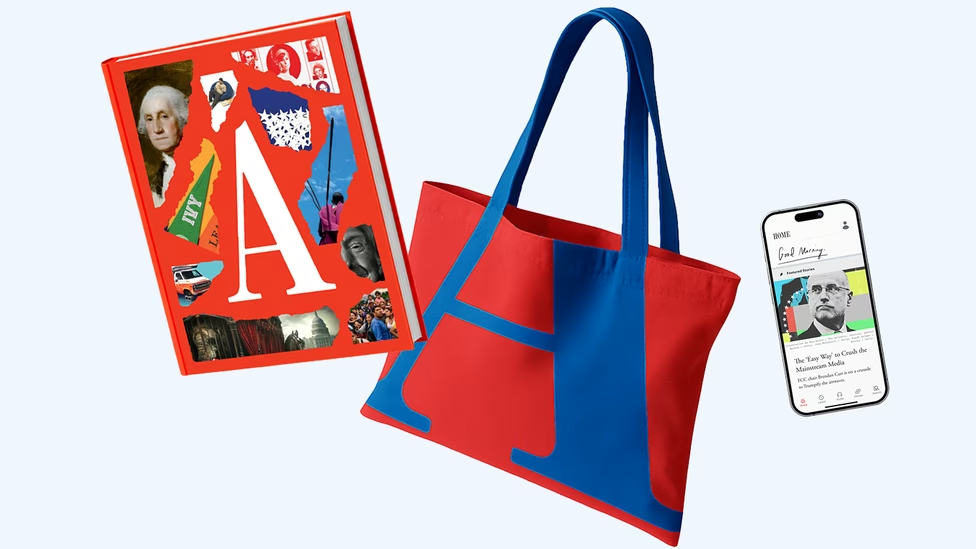
B2C Boating Enthusiast Site Combines Magazine-Style Articles with Multimedia Content to Attract Subs and Ad Revenues
Lorem ipsum dolor sit amet, consectetur adipiscing elit. Ut elit tellus, luctus nec ullamcorper mattis, pulvinar dapibus leo.
Quick Overview
Based on our exclusive interview with Publisher Glen Justice, we describe how Mad Mariner created a successful consumer boating enthusiast site with a hybrid business model. They use a wide variety of low-cost content (such as blogs, videos, slideshows, podcasts and reader surveys) to drive 70,000 monthly visitors. Those vistiors can subscribe to get full access to an archive of longer, magazine-style articles. Discover how their experiments with social media and audience surveys...
HELLO!
This premium article is exclusively reserved for Subscription Insider PRO members.
Want access to premium member-only content like this article? Plus, conference discounts and other benefits? We deliver the information you need, for improved decision-making, skills, and subscription business profitability. Check out these membership options!
Learn more about Subscription Insider PRO memberships!
Already a Subscription Insider PRO Member?
Please Log-In Here!
- Filed in Case Studies, Subscriber Acquisition, Subscriber Only








